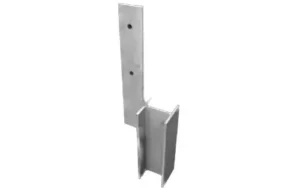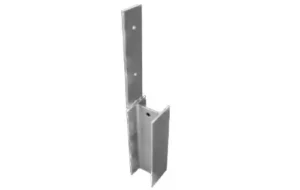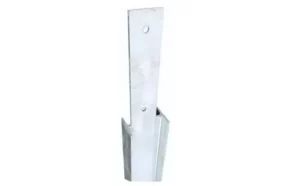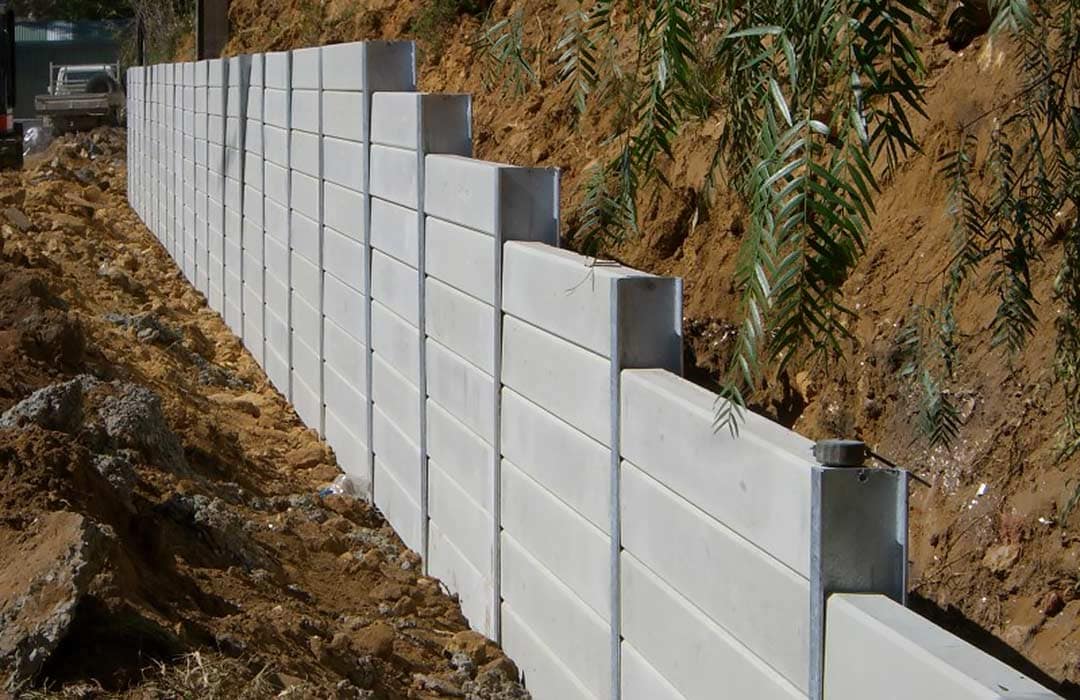While it might seem daunting, building a retaining wall is simpler than most think. You don’t have to be an expert builder. Let’s break down the essentials to kickstart your project. With the right guidance, you’ll have a stunning retaining wall in no time!
Planning for a Retaining Wall

Material Selection
When planning a retaining wall, the primary consideration is choosing the right materials. A contractor can guide you on the optimal stone or concrete blocks. Drainage is also essential to counteract soil erosion. Some experts suggest alternatives like pressure-treated wood or sandbags, depending on the location. However, always consult local regulations before opting for such materials. Regardless of the material choice, regular upkeep is vital for the wall’s stability and longevity.
Site Selection and Design Considerations
Selecting the right site is crucial. Opt for a location that minimizes risks of soil erosion and potential landslides. The ground slope should ideally be no steeper than 4:1. The type of soil, be it clay or sand, can influence the wall’s stability. Depending on the soil, you might need reinforcements like gravel or fabric. Proper drainage behind the wall is essential to prevent water buildup, enhancing the wall’s durability.
Building a Retaining Wall
Once the design is finalized, it’s time for construction. Ensure you have the necessary permits, especially if the wall exceeds three feet in height. Adhere to the specific requirements of your chosen material, whether it’s poured concrete, timber, or block units. Backfilling is a key step, offering stability by compressing the soil. Choose the appropriate granular material based on the wall’s height and ensure effective drainage during this phase. With meticulous planning and execution, your retaining wall will be a lasting structure.
Choosing the Right Retaining Wall Materials

When deciding on materials for a retaining wall, it’s essential to consider both functionality and aesthetics. The wall should offer structural support and withstand time and natural elements. Traditional choices like brick, natural stone, limestone, marble, and granite are favored for their strength and visual appeal.
For those leaning towards a contemporary design, precast or interlocking concrete blocks are ideal. They’re not only efficient to install but also offer design versatility due to their modular nature. Many of these blocks come with added features like grip channels for enhanced strength or slotted sides for improved drainage.
Our range includes Standard 40MPA Concrete Sleepers, providing reliable strength and stability for standard retaining wall installations. For more demanding projects, our Heavy Duty 50MPA Concrete Sleepers offer enhanced durability and superior load-bearing capabilities.
If you’re looking for a premium aesthetic, our Premium Range Concrete Sleepers combine exceptional strength with appealing designs to enhance the visual appeal of your landscape. Additionally, we offer Concrete Under Fence Plinths, providing a sturdy and seamless solution for integrating fences with retaining walls. With our comprehensive range of concrete sleepers, you can choose the perfect fit for your project, whether you prioritize functionality, durability, or aesthetic appeal.

Wood is also suitable for use in smaller retaining walls but it requires constant upkeep due to its susceptibility to rot and decay when exposed to water. Vinyl sheet piling is a somewhat newer option that is gaining popularity due to its cost-effectiveness and ease of installation.
Meanwhile, steel posts are also an excellent choice for retaining walls due to their exceptional strength and durability. The inherent robustness of steel makes it highly resistant to the forces exerted by soil pressure, ensuring the long-term stability of the retaining wall structure. Steel posts have the advantage of being able to bear heavy loads, making them ideal for retaining walls that require additional support or have higher elevation changes. Moreover, steel’s non-combustible nature adds to its appeal, as it provides enhanced fire resistance compared to other materials.
The steel posts we offered such as H Beam Retaining Wall Steel, C Channel Steel, 45 Degree Corner Channel Post, 90 Degree Corner Channel Post, and Fencing Steel, further enhance the benefits of using steel for retaining walls. The H Beam Retaining Wall Steel provides exceptional strength and load-bearing capacity, making it a reliable choice for heavy-duty applications. C Channel Steel combines durability with versatility, allowing for easy integration into various retaining wall designs. The 45 Degree Corner Channel Post and 90 Degree Corner Channel Post ensure seamless and secure connections at corners, providing structural integrity and aesthetic appeal.
Selecting materials for retaining walls isn’t a one-size-fits-all decision. Factors like slope steepness, load weight, and personal aesthetics play a role. However, irrespective of the chosen material, regular maintenance is essential, especially considering the environment it’s placed in.
Installation and Levelling
After selecting your retaining wall material, the next step is installation and levelling. Whether DIY or with a contractor, ensure the footer is at least 18 inches deep. A level and adjustment system, like a tamping tool or gravel bed, is essential. While some advocate for hand tampers due to control and cost-effectiveness, others prefer water levels for speed and labour cost savings. Discuss with your contractor to determine the best method for your project, considering factors like length and depth. Proper levelling ensures the wall’s durability and stability. The next focus is on a strong base and foundation, including the right groundwork materials and strategic water drain placement.
Groundwork and Foundation Block Selection
After levelling, focus on the groundwork and foundation blocks, a critical step for a durable retaining wall. Choose soil based on rainfall, soil condition, and climate, with clay or sandy loam being ideal. Prepare the bedding with concrete sand, twice the depth of your tallest block. When picking foundation blocks, consider weight-bearing capacity and surface texture. Smooth blocks offer more stability. Also, consider accessory locations, alignment, and other design elements. Proper planning now can streamline future design steps.
Aesthetic Aspects
Retaining walls can be both functional and visually appealing. Choose materials with unique textures or colours to enhance the surroundings. Use varied block shapes for an intriguing design or incorporate planters for added vibrancy. Consider adding lighting fixtures for nighttime appeal, though this requires embedding wiring in the foundation block. Retaining walls, while primarily functional, can be award-winning aesthetic additions to landscapes. With effort, you can achieve a balance of form and function in your retaining wall project.
Answers to Common Questions
How Much Does Building a Retaining Wall Cost?
Building a retaining wall can range from $2,000 to $4,000 for up to 30 feet, with the average cost being $10 – $20 per square foot. The final price depends on size, materials, design complexity, excavation, landscaping, drainage, and location. Some municipalities may require construction plan registration, potentially adding to the cost. It’s advisable to consult a local expert before starting.
Which Materials Are Best for a Retaining Wall?
The choice of material for a retaining wall depends on its purpose and the project’s environmental conditions. Ideal materials are durable, low-maintenance, and visually appealing. Popular options include:
- Concrete Blocks: Widely used due to their strength and ease of installation.
- Natural Stone or Boulders: Offers a natural look, can be used with or without mortar joints.
- Treated Wood and Timber: Provides an earthy aesthetic, though requires more maintenance. They’re cost-effective and versatile.
In essence, the wall’s purpose should guide material selection. Thoroughly evaluate options to ensure a lasting and secure solution.
Safety Precautions for Building a Retaining Wall
Safety is paramount when constructing a retaining wall. Key precautions include:
- Wearing protective gear like safety glasses, gloves, and sturdy boots.
- Working on clean, level ground.
- Strictly following product manual instructions.
- Taking breaks to avoid fatigue.
- Using the right tools and equipment.
- Double-checking all calculations and measurements.
- Regularly inspecting the site for stability issues.
- Clearing potential obstructions to prevent hazards.
- Using materials compliant with local regulations.
Additionally, be aware of natural or weather-related risks. Prioritizing safety ensures everyone’s well-being during the project.




